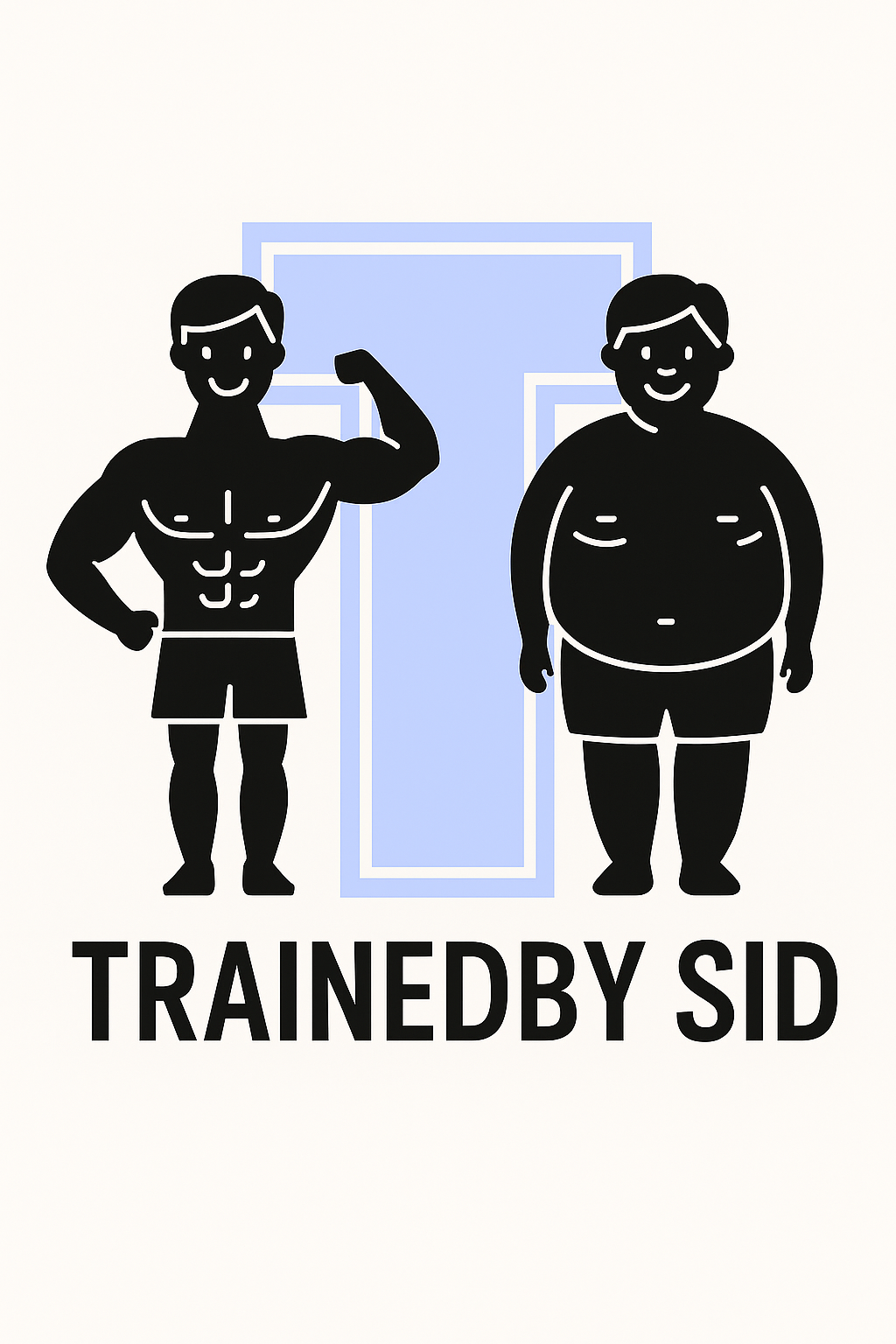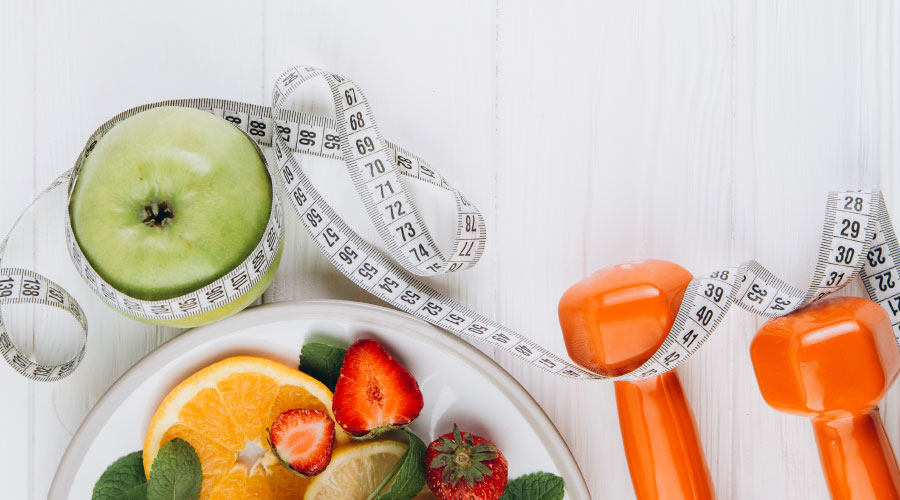Are you looking for a Beginner’s guide to Fat Loss? Look, no further than this Blog. Discover simple, Science-backed strategies to start your fat loss journey.
Embarking on a fat‑loss journey can feel overwhelming: conflicting advice, fad diets, miracle workouts, and endless “quick fixes.” As a beginner, you need a clear roadmap built on science, simplicity, and sustainability. This guide cuts through the noise and gives you the top five evidence‑backed strategies to lose fat effectively, preserve muscle, and build habits that last. You’ll learn how to structure your nutrition, optimize workouts, manage recovery, and maintain motivation—without resorting to extremes or burnout. By the end, you’ll have a solid plan you can follow day after day, week after week, until you reach your goals. Let’s dive in.
Why Fat Loss Matters
- Health benefits: Reducing excess body fat improves blood pressure, cholesterol, blood sugar control, and lowers risk of metabolic disease.
- Functional fitness: Less fat means easier movement, better endurance, and reduced joint stress.
- Body composition: Focusing on fat loss while preserving muscle creates a lean, athletic look rather than just “weight loss.”
- Long‑term success: Learning sustainable fat‑loss habits sets you up for a lifetime of healthy maintenance.
Understanding why fat loss is important gives you the “why” behind the work you’re about to put in—and that purpose will keep you consistent when motivation dips.
5 Best Tips for Beginner’s Guide to Fat Loss (Listicle Headline – H2)
01. Create a Moderate Calorie Deficit
A caloric deficit—eating fewer calories than you burn—is non‑negotiable for fat loss. But too large a deficit backfires: you’ll lose muscle, feel fatigued, and hit plateaus. Instead:
- Calculate your maintenance calories using an online TDEE (Total Daily Energy Expenditure) calculator.
- Aim for a 10–20% deficit. For example, if maintenance is 2,000 kcal/day, target 1,600–1,800 kcal.
- Monitor and adjust: Track food intake for 2–3 weeks. If weight isn’t moving 0.5–1% of body weight per week, tweak calories by 100–200 kcal.
- Focus on high‑volume, low‑calorie foods (vegetables, lean protein, legumes) to stay full.
This moderate approach preserves energy, moods, and lean mass, setting the stage for sustainable progress.
To calculate the approximate amount of calories you need based on your height, weight, and goals, and also to take the guesswork away, Go to https://www.calculator.net/fitness-and-health-calculator.html.
02. Prioritize Protein and Nutrient Timing
Protein is your ally in fat loss. It boosts satiety, requires more energy to digest, and protects muscle when calories are reduced.
Distribute evenly: Aim for 20–40 g of protein every 3–4 hours across 3–5 meals.
Daily target: 1.6–2.2 g of protein per kilogram of body weight (0.7–1 g per pound).
Pre‑ and post‑workout: Consuming 20–30 g of protein before and after exercise enhances muscle repair and growth.
Choose quality sources: Eggs, lean poultry, fish, low‑fat dairy, legumes, and whey or plant protein powders.
By hitting protein targets and timing intake around workouts, you’ll feel fuller, maintain strength, and optimize fat‑vs vs. muscle changes.
03. Combine Strength Training with Strategic Cardio
Exercise amplifies fat loss by burning calories, increasing metabolic rate, and preserving muscle. But the right mix matters:
- Strength training (3–4×/week)
- Focus on compound lifts: squats, deadlifts, bench presses, rows, and overhead presses.
- Use moderate to heavy loads (65–85% of your one‑rep max) for 6–12 reps per set.
- Aim for 3–5 sets per exercise.
- Cardio (2–3×/week)
- Low‑intensity steady state (LISS): 30–45 minutes of brisk walking, cycling, or rowing for active recovery and extra calorie burn.
- High‑intensity interval training (HIIT): 10–20 minutes of 20–30 second all‑out efforts with 1–2 minute rests. Use sparingly (once per week) to avoid excessive fatigue.
This combination maximizes calorie expenditure while safeguarding muscle tissue and metabolic rate.
04. Optimize Recovery and Manage Stress
Fat‑loss efforts falter when recovery is neglected. Stress and poor sleep spike cortisol, increase hunger, and impair workout performance.
Sleep (7–9 hours/night)
Maintain consistent bedtime/wake times.
Create a dark, cool, quiet sleep environment.
Active recovery
Incorporate mobility work, foam rolling, yoga, or light walks on rest days.
This enhances circulation, reduces soreness, and improves flexibility.
Stress management
Daily practices: meditation, deep‑breathing exercises, or brief leisure activities.
Limit caffeine later in the day to support sleep quality.
When you’re well‑rested and stress is in check, workouts are more productive, cravings subside, and hormonal balance favors fat loss.
05. Build Sustainable Habits and Track Progress
Quick fixes fail. True transformation comes from consistent habits and data‑driven tweaks.
- Habit stacking: Tie new behaviors (weighing food, drinking water) to established routines (morning coffee, brushing teeth).
- Simple tracking:
- Use a food‑tracking app to log meals.
- Record workouts—weights, sets, reps, cardio duration/intensity.
- Take weekly photos, body measurements, and scale weight first thing in the morning.
- Review and adjust monthly:
- Identify what’s working (e.g., meal timing, workout split) and what isn’t (e.g., energy dips, stalled weight loss).
- Tweak one variable at a time: calories, macros, training frequency.
This iterative approach keeps you engaged, accountable, and steadily moving toward your goal.
Conclusion
Losing fat as a beginner doesn’t require gimmicks—just smart, consistent application of proven principles. By creating a moderate calorie deficit, prioritizing protein, balancing strength and cardio, optimizing recovery, and building sustainable habits, you set yourself up for long‑term success. Remember: progress isn’t always linear. There will be plateaus and setbacks—that’s normal. What matters is that you stay consistent, track your data, and make small adjustments over time. Your dream physique isn’t a quick destination; it’s the byproduct of daily choices that become lasting habits.
Closing & Call‑to‑Action
Ready to take control of your fat‑loss journey? Download our free 7‑day meal-and-workout planner designed specifically for beginners. It includes sample menus, grocery lists, and guided training sessions to kickstart your progress. Click below to get instant access and start transforming today!
If you are looking for a workout program and a Nutrition Plan that is not general is customized as per your body, goals, fitness levels, and schedule, which guarantees results then head over to www.trainedbysid.com and go to contact to reach out to us. We will let you know what steps shall be taken further.

